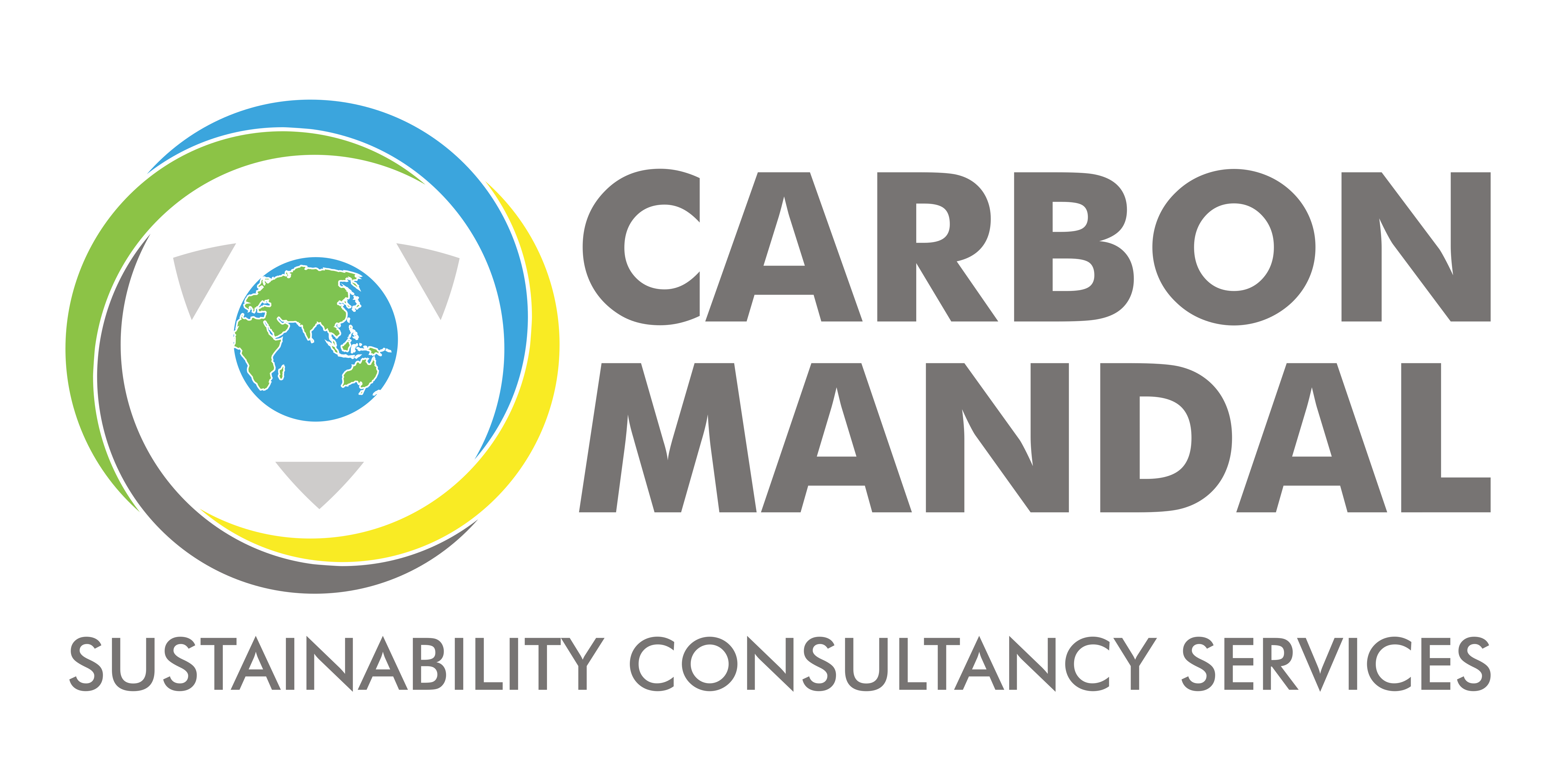Introduction: The New Metric of Market Credibility
In today’s global economy, industries are under intense pressure—not just to produce more—but to do so with fewer emissions, lower waste, and clear accountability. Regulatory tightening (like the EU’s Carbon Border Adjustment Mechanism), shifting consumer preferences, and ESG investing trends have made environmental transparency non-negotiable. This is where Environmental Product Declarations (EPDs) step in—not as just a sustainability buzzword, but as a competitive advantage. Especially for heavy-emitting sectors like steel, cement, aviation, and manufacturing, EPDs could become the stamp of credibility, compliance, and competitiveness [1][2].
What is an Environmental Product Declaration (EPD)?
An Environmental Product Declaration (EPD) is a third-party verified document that communicates the environmental performance of a product throughout its life cycle. Think of it as a sustainability “report card” based on Life Cycle Assessment (LCA) principles, quantifying impacts like greenhouse gas emissions (Global Warming Potential), water use, and energy consumption per functional unit of the product [3].
EPDs are not marketing claims—they are governed by ISO standards (ISO 14025 and EN 15804) and rely on Product Category Rules (PCRs) to ensure comparability across products in the same category. Their credibility lies in third-party verification and transparency [1].
Why Do EPDs Matter for Indian Industry?
For Indian industries with significant export footprints—like steel and cement, which are targeted by the EU CBAM—EPDs can act as a safeguard against trade barriers [2]. For domestic markets, they cater to rising demands from green buildings, public procurement mandates, and carbon disclosure platforms [3].
- Steel & Cement: These sectors account for ~15% of India’s GHG emissions. EPDs offer a structured way to demonstrate decarbonization efforts backed by data, not claims [1]. For instance, companies like Tata Steel and JSW Cement are now publishing EPDs to meet both domestic green building certifications (like GRIHA and IGBC) and EU regulations.
- Aviation: With CORSIA and SAF mandates on the horizon, aviation firms can use EPDs to quantify and disclose the impact of materials, fuels, or parts—showing airlines and governments their alignment with decarbonization goals [2].
- Manufacturing: Export-oriented firms in electronics, textiles, and machinery increasingly face Scope 3 emission disclosure requests from clients. EPDs bridge this gap with credible LCA-backed data [2].
How is an EPD Created? A Step-by-Step Snapshot
- Define the Product and Scope
Select the product(s) to be analyzed, ensuring clarity on system boundaries (cradle-to-gate, cradle-to-grave) [2].
- Conduct a Life Cycle Assessment (LCA)
This involves collecting inventory data (energy, raw material use, emissions, waste) and modeling environmental impacts using software tools (e.g., SimaPro, One Click LCA) [3].
- Use Appropriate Product Category Rules (PCRs)
PCRs define how to measure impacts for that product category (e.g., concrete vs. steel). These rules ensure apples-to-apples comparison between similar products [3].
- Verification by a Third Party
EPDs are validated by independent verifiers to ensure scientific rigour and compliance with standards (ISO 14025, EN 15804) [1].
- Registration & Publication
Once verified, the EPD is published in public databases such as The International EPD System or One Click LCA Hub, ensuring market visibility and traceability [4].
Key Benefits of EPDs for Steel, Cement, Aviation & Manufacturing
- Carbon Transparency: Quantify and disclose product carbon footprints with precision—essential for CBAM, CORSIA, and GHG accounting compliance [2].
- Market Access & Procurement Preference: Many international buyers now mandate EPDs as pre-qualification for tenders. In India, infrastructure projects under NHAI and Smart Cities are moving in this direction [3].
- Product Differentiation: Among two competing products, the one with a lower declared GWP or water footprint (via EPD) holds stronger appeal to green-certified projects or ESG-oriented clients [2].
- Regulatory Readiness: EPDs act as a "future-proofing" tool against upcoming carbon disclosure and border taxation rules, especially in the EU and Canada [1].
- Circularity Documentation: EPDs track end-of-life scenarios, helping industries document and improve product recyclability and circular economy metrics [1].
Challenges and Misconceptions
- Cost and Complexity: SMEs often believe EPDs are prohibitively expensive. However, tools like One Click LCA’s pre-verified modules and India’s LCA databases can reduce time and cost barriers [3].
- Data Gaps in India: Primary data for LCA is often unavailable. Collaboration with industry associations (e.g., BIS, BEE, TERI) is needed to build shared databases [2].
- One-off Approach: EPDs are often viewed as merely a tick-box exercise. The real value lies in using EPD insights to redesign products, reduce material use, and optimize energy intensity [1].
The Way Forward: From Declarations to Action
For Indian industries, EPDs are no longer optional. They are emerging as compliance levers, brand differentiators, and operational improvement tools [2]. But the journey must go beyond mere documentation.
- Integrate EPDs with broader sustainability strategy: Use EPD data in sustainability reports, carbon neutrality roadmaps, and circular economy planning [1].
- Cluster-based Approach: MSME clusters in cement or steel (e.g., in Gujarat, Chhattisgarh) can co-develop shared LCA databases with industry support [3].
- Digital Tools: Automation of LCA and EPD workflows using AI and cloud-based platforms is rapidly lowering entry barriers [3].
Call to Action: Let’s Build Credible, Circular, and Compliant Products
Whether you’re a manufacturer aiming to retain export clients, a cement firm planning carbon neutrality, or a steel plant navigating CBAM, EPDs offer the blueprint to validate and communicate your sustainability progress.
At Carbon Mandal, we support clients across sectors in preparing verified EPDs, conducting LCAs, and integrating these tools into sustainability strategies. Get in touch with our team to learn how to align your operations with global standards and unlock new markets.
References
[1] Ali, M., & Wang, Y. (2024). The Role of Environmental Product Declarations in Modern Environmental Management. Science of the Total Environment, 898, 165434. https://doi.org/10.1016/j.jclepro.2024.139019
[2] Jain, R., & Kumar, A. (2024). Environmental Product Declarations: Key Enablers of Green Markets and Decarbonization Pathways. ResearchGate. https://www.researchgate.net/publication/383034054
[3] One Click LCA. (n.d.). What are Environmental Product Declarations (EPDs)? https://oneclicklca.com/en/resources/articles/what-are-environmental-product-declarations
[4] The International EPD System. (n.d.). https://www.environdec.com/home

 (3).png)
Add a Comment
Your email address will not be published. Required fields are marked *